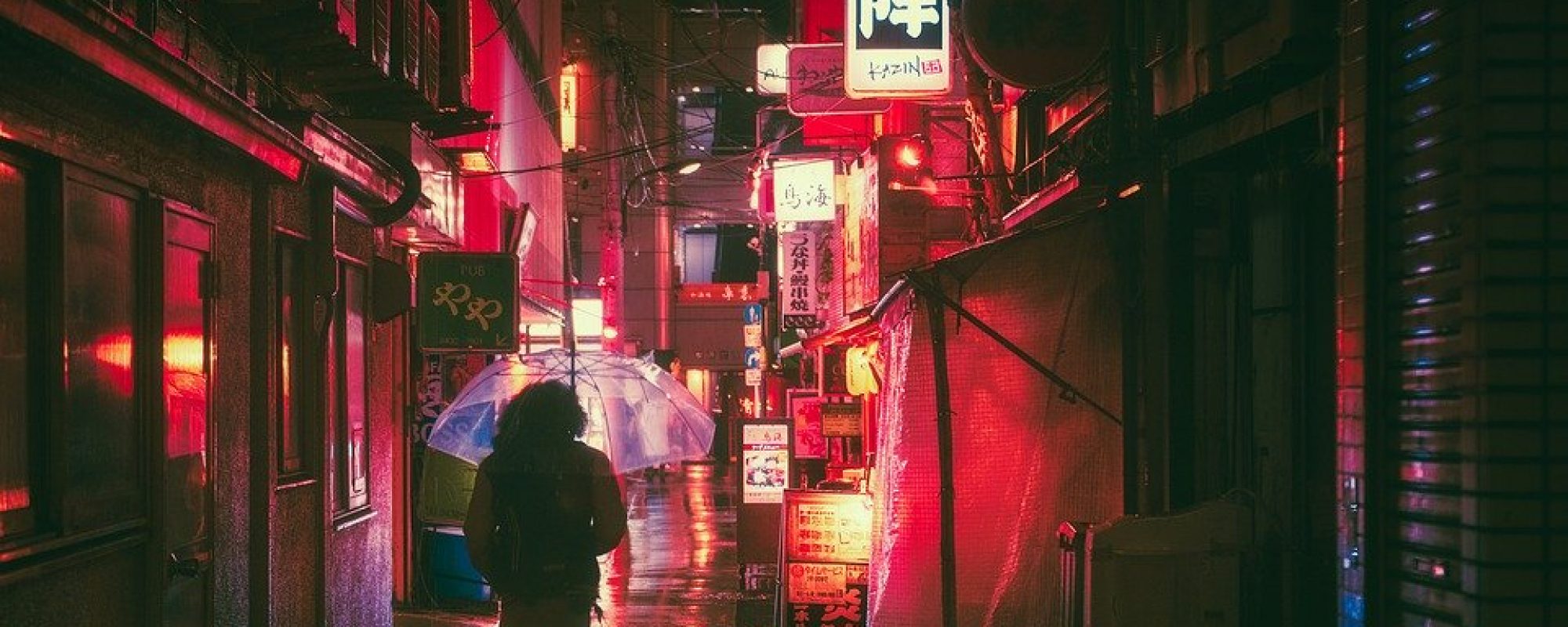Explore a spiritual way to say farewell to the old year and hello to the new with the Buddhist tradition of joya no kane.
New Year’s Eve is a special night marked by big-time celebrations and personal goal-setting. In the West, it’s a good opportunity to think about how the year went, and how we want to improve ourselves in the year to come. In Japan, the personal act of self-reflection and the shared experience of (literally) ringing in the new year happens all at once, in a Buddhist tradition called joya no kane, which means “New Year’s Eve bells.” A practice originally adapted from China, joya no kane has been performed for many centuries, and is a well-loved part of a traditional Japanese New Year. The timeline varies depending on location, but generally the tolling begins by 11 pm on December 31, as temples across Japan each ring a large bell 107 times, with one final strike ringing out at midnight, bringing the total to 108. The number represents the worldly desires that people experience throughout their lives, allowing us to consider the past year with a calm, quiet heart, and start the new year afresh. Each ring that echoes before midnight dispels one of those desires, and the 108th ring, struck precisely at midnight, completes the process of purification.
The temples’ bells are large, beautiful instruments that can weigh over 80 tons, are suspended from the ceiling and are rung from the outside, either by hand with a mallet, or by a large beam that is suspended beside the bell using an intricate system of ropes. Three of the biggest bells are at Houkou-ji and Chion, in Kyoto, and at Todai-ji, in Nara. The bells are usually rung by robed monks who chant sutras as they put the full force of their bodies into ringing the bells. The three-metre-tall bell at Chion is so big, in fact, that it takes 17 monks to ring it!
You can visit many famous temples as a spectator and observe this unique event, but be sure to bundle up and arrive early, as it gets chilly and can also become crowded. Some temples even allow visitors to participate in the ceremony, in some cases for a small fee. Depending on the temple, you may be able to ring out one of the 108 worldly desires all by yourself, or you may get to participate in a larger group of up to 10 people. The experience often comes with little extras, such as rice cakes, amazake (sweet rice wine) or an arrow-shaped hamaya good-luck charm to take home with you. Even if you are not up to braving the crowds, you can sit outside in many cities big and small and listen to the low, soothing echoes as you refresh your soul and set goals to be your best self for 2019.
Ring your cares away
Would you like to participate in this memorable spiritual practice? Not to worry, there are lots of ways to do it, whether or not you’re in Japan.
DO your research
Some Japanese temples offer participant tickets before the 31st, and some are first-come-first-serve on the same day.
DO NOT procrastinate
Temples can get crowded, so don’t wait until the last minute if you want a good view.
DO go local
Check out the joya no kane at the Toronto Buddhist Church in North York!
Illustration by Chieko Watanabe

